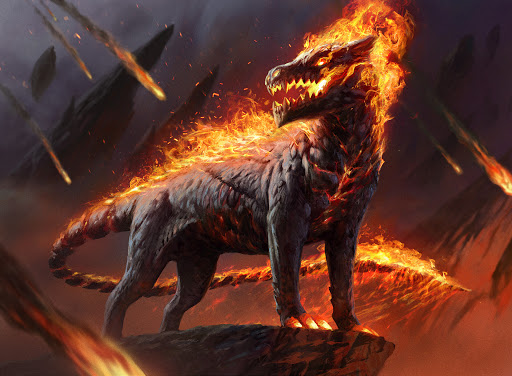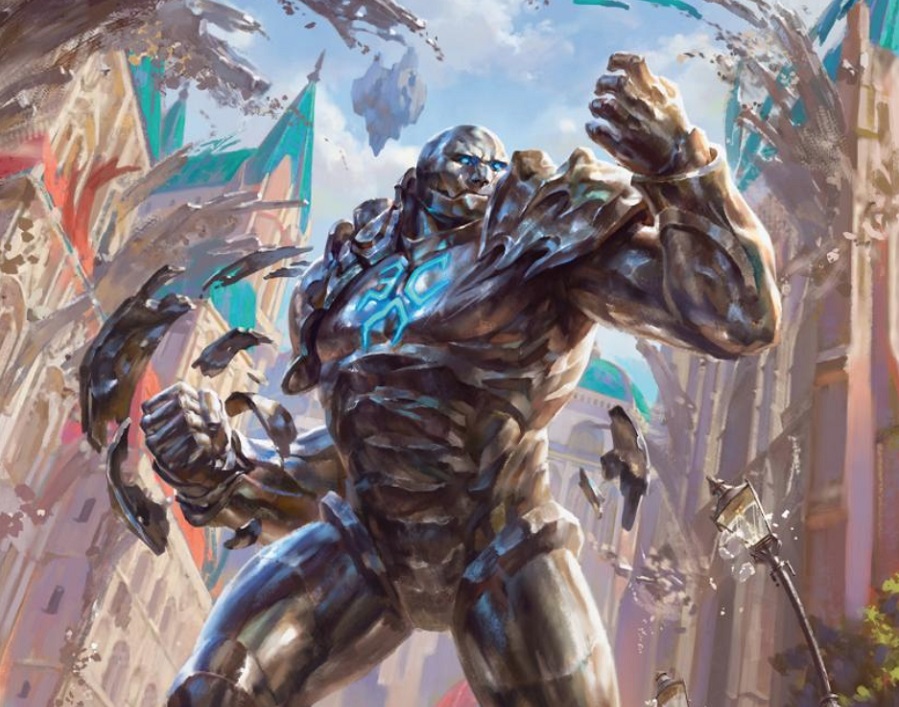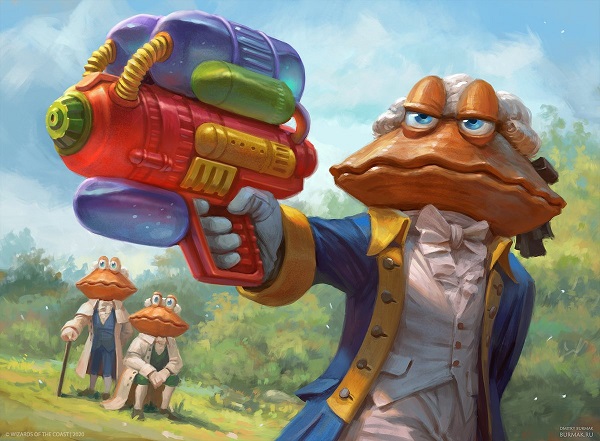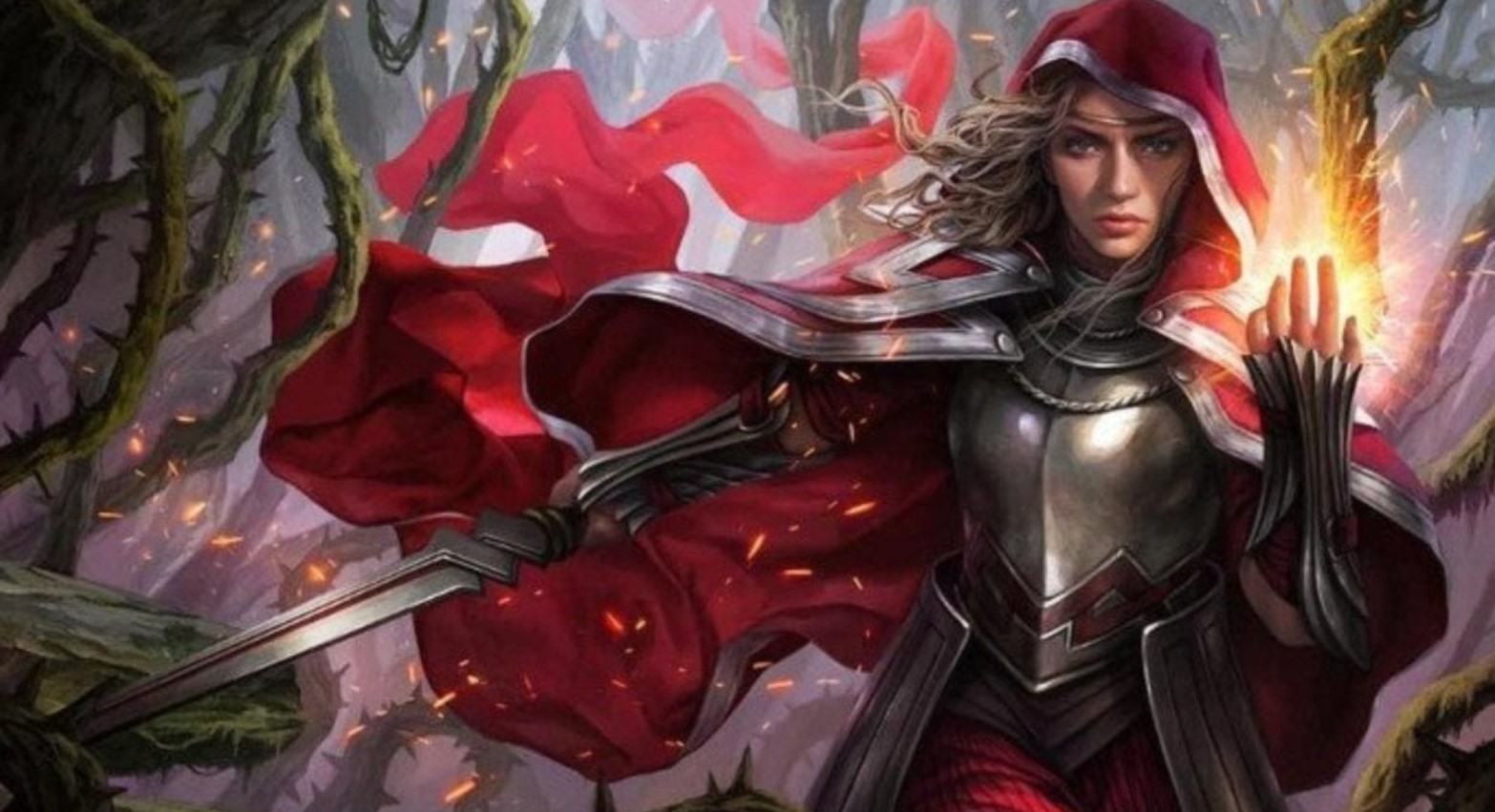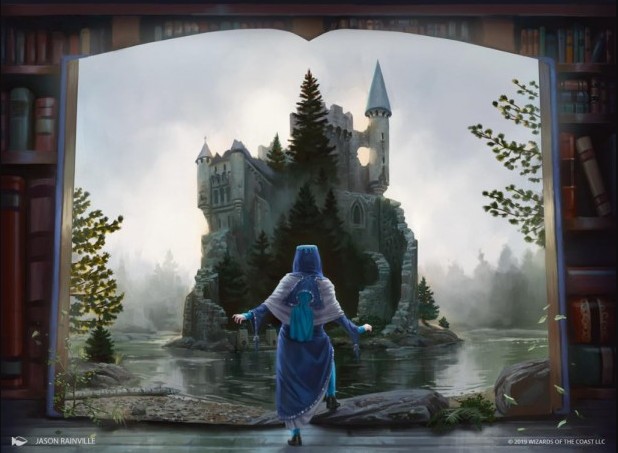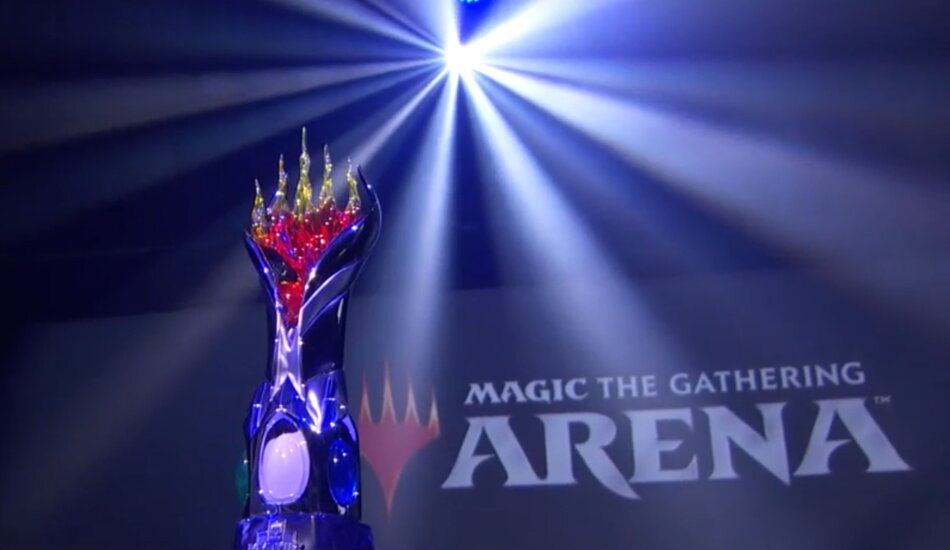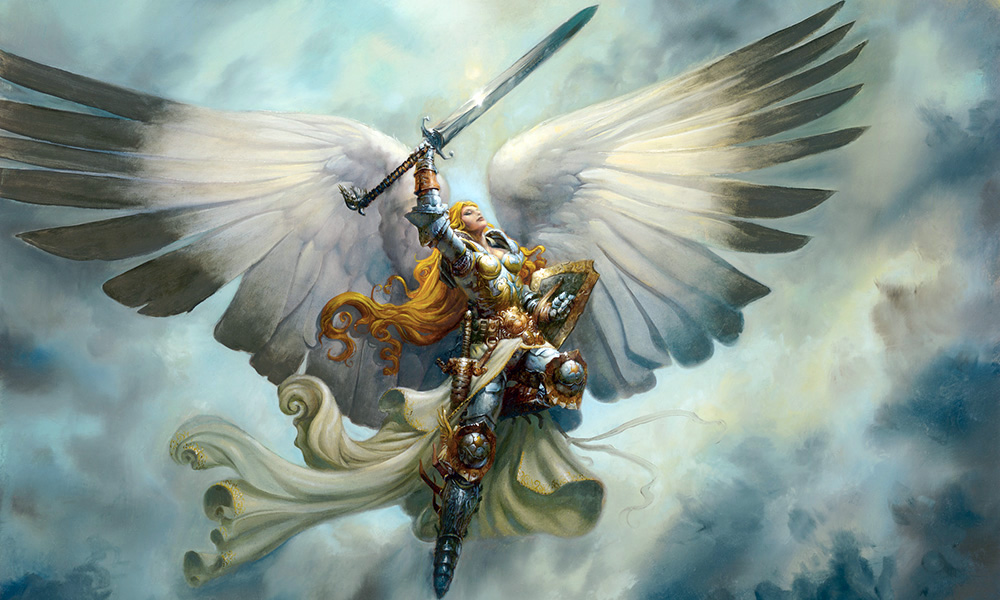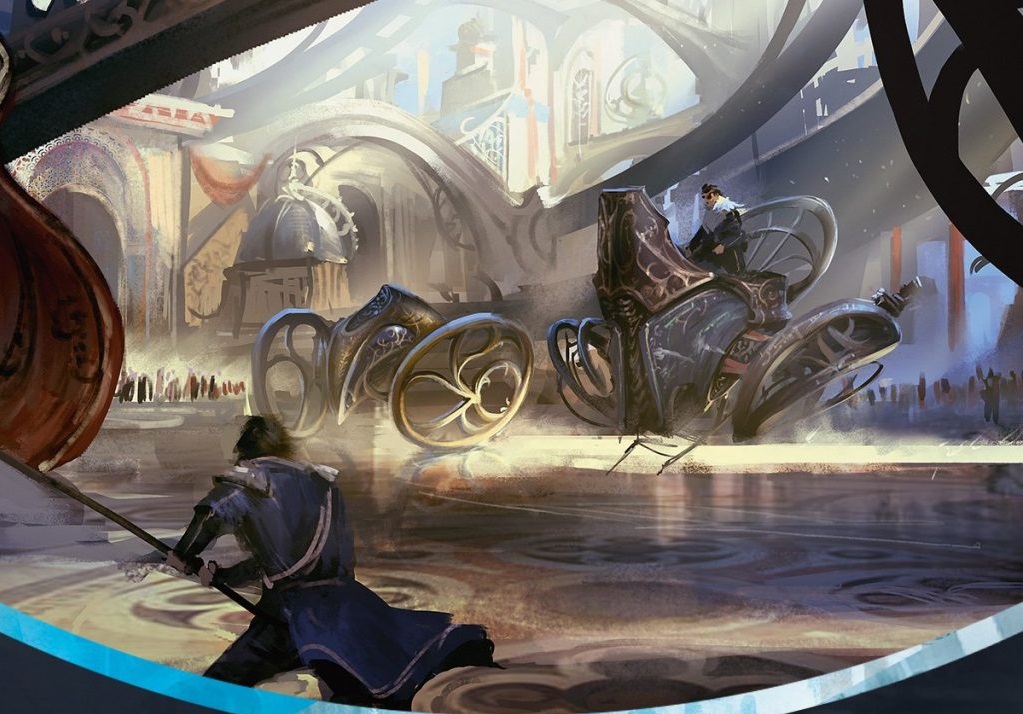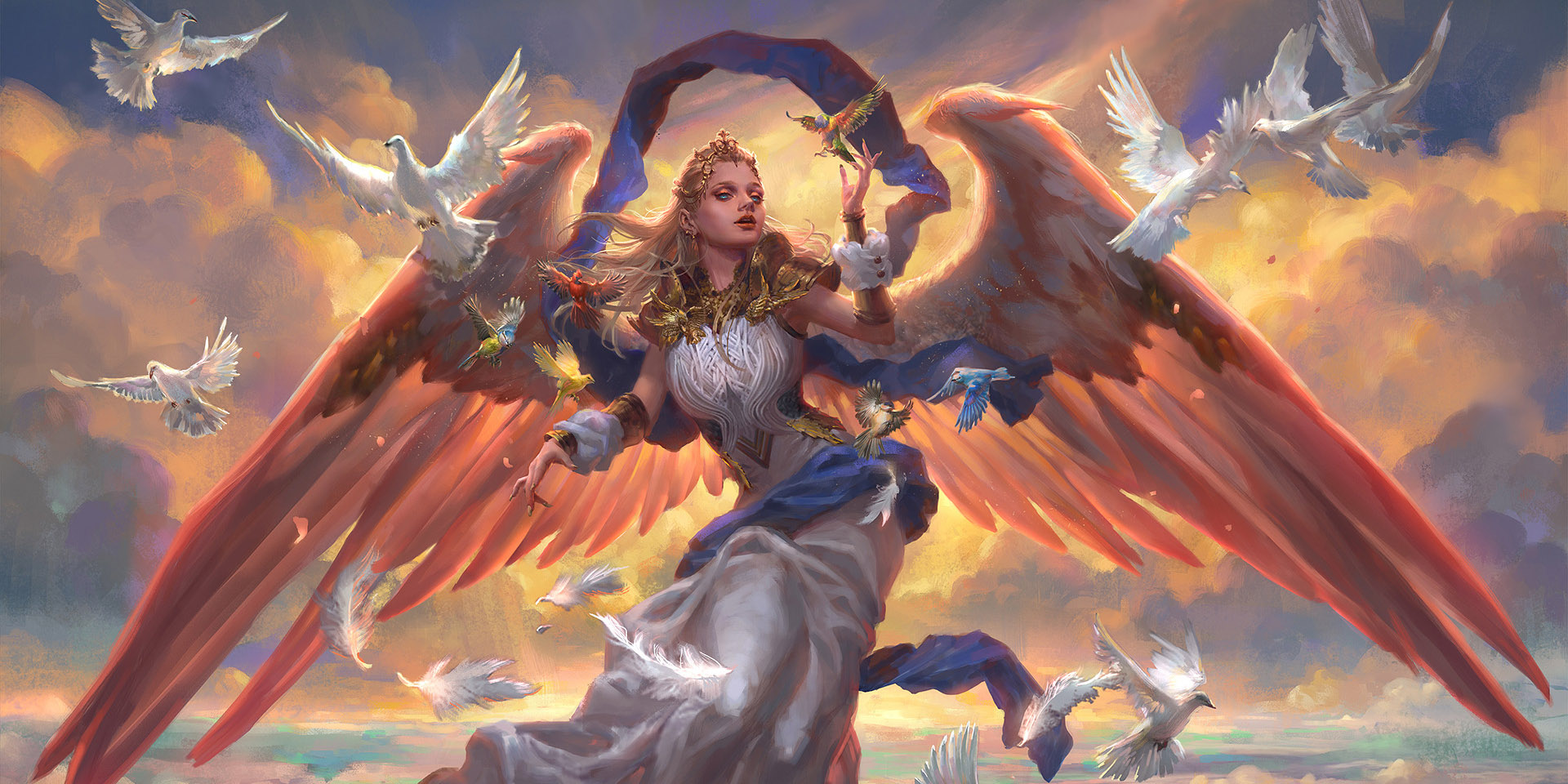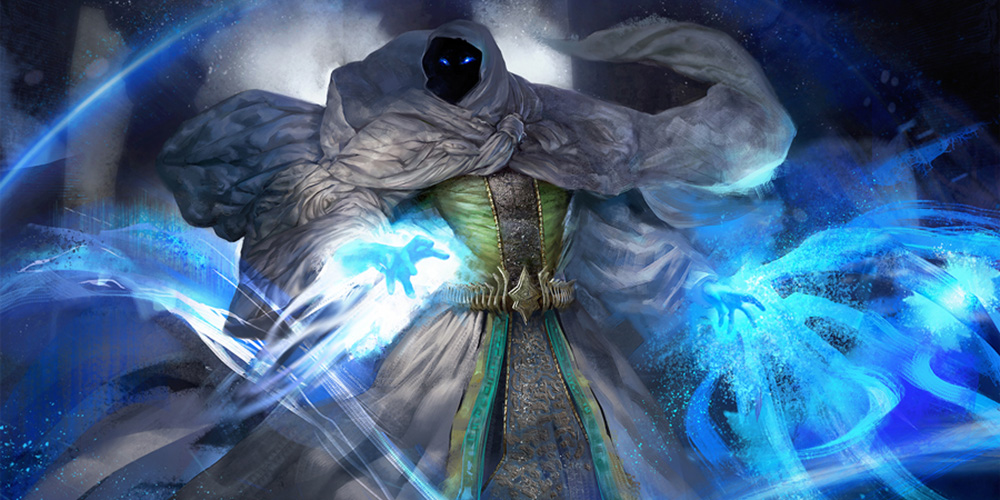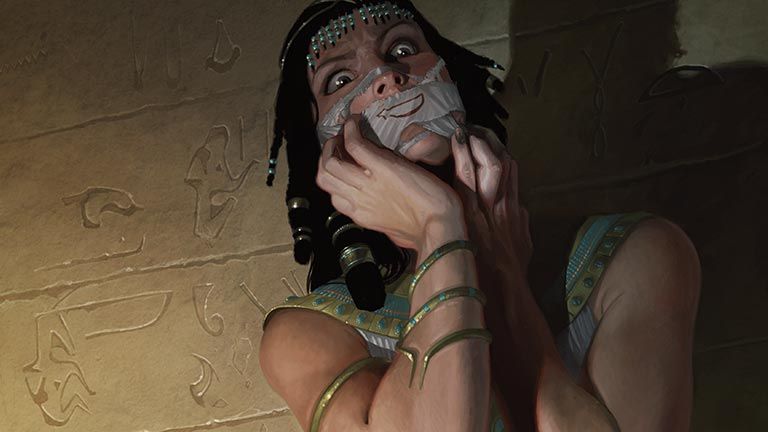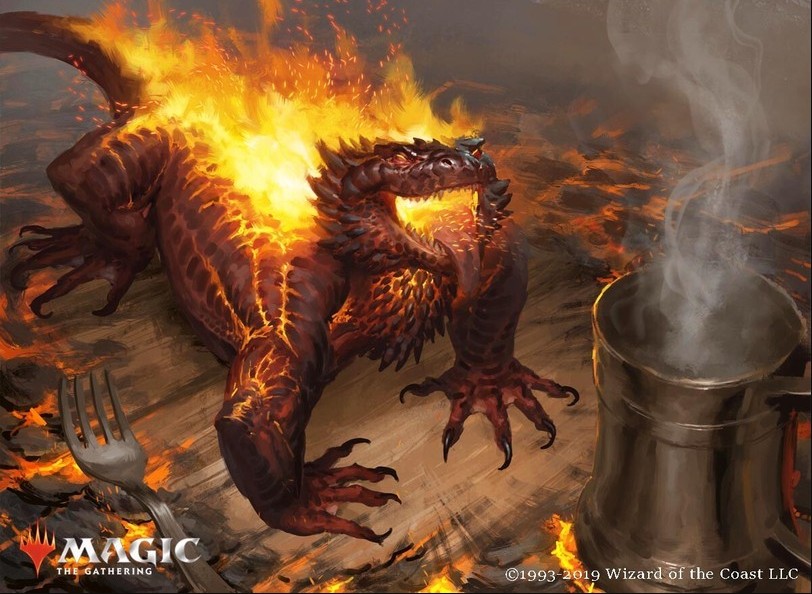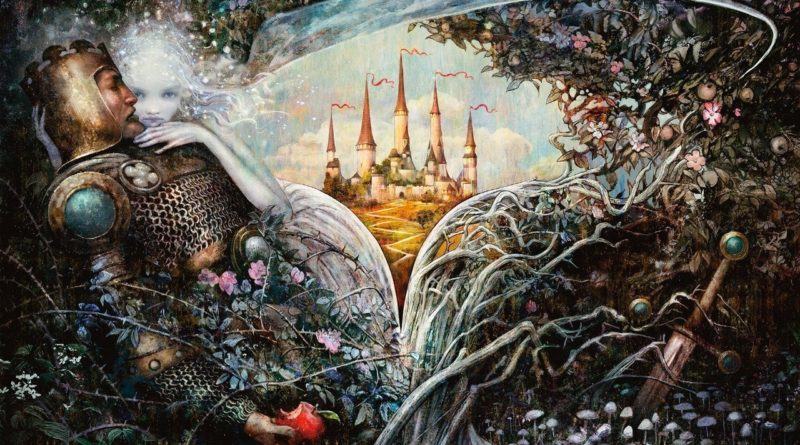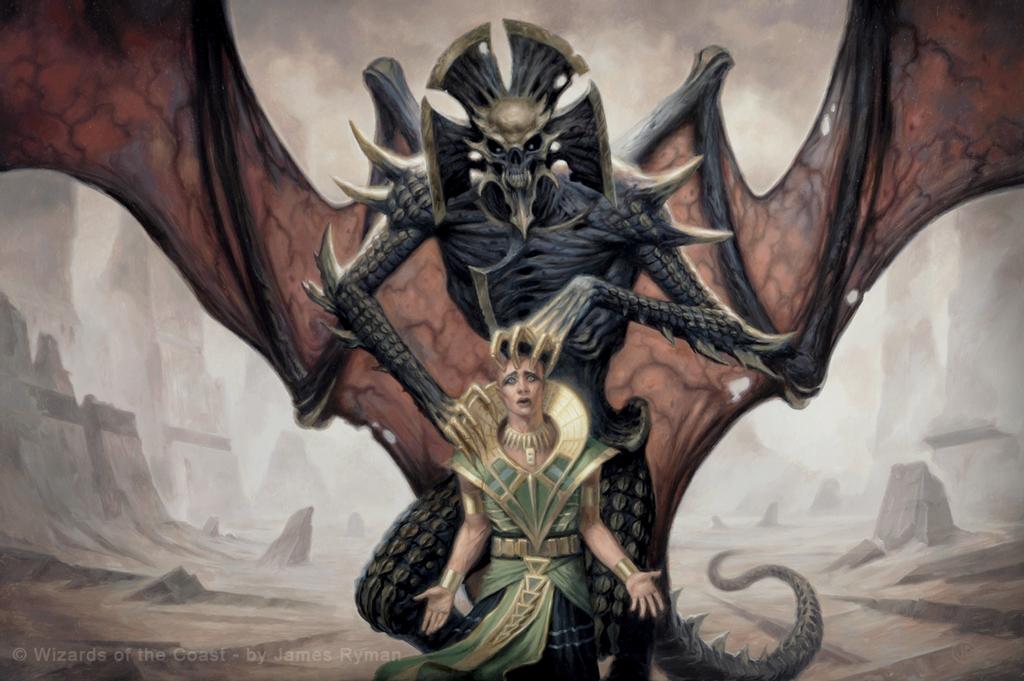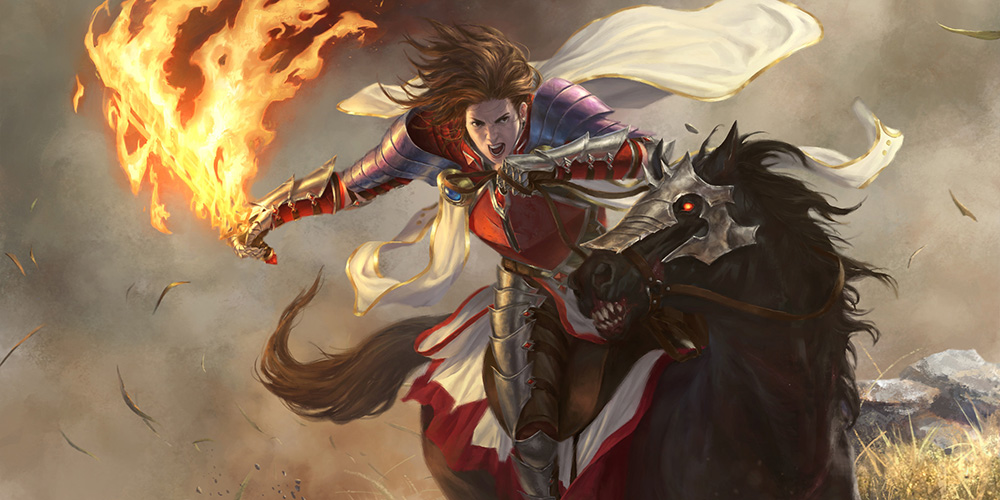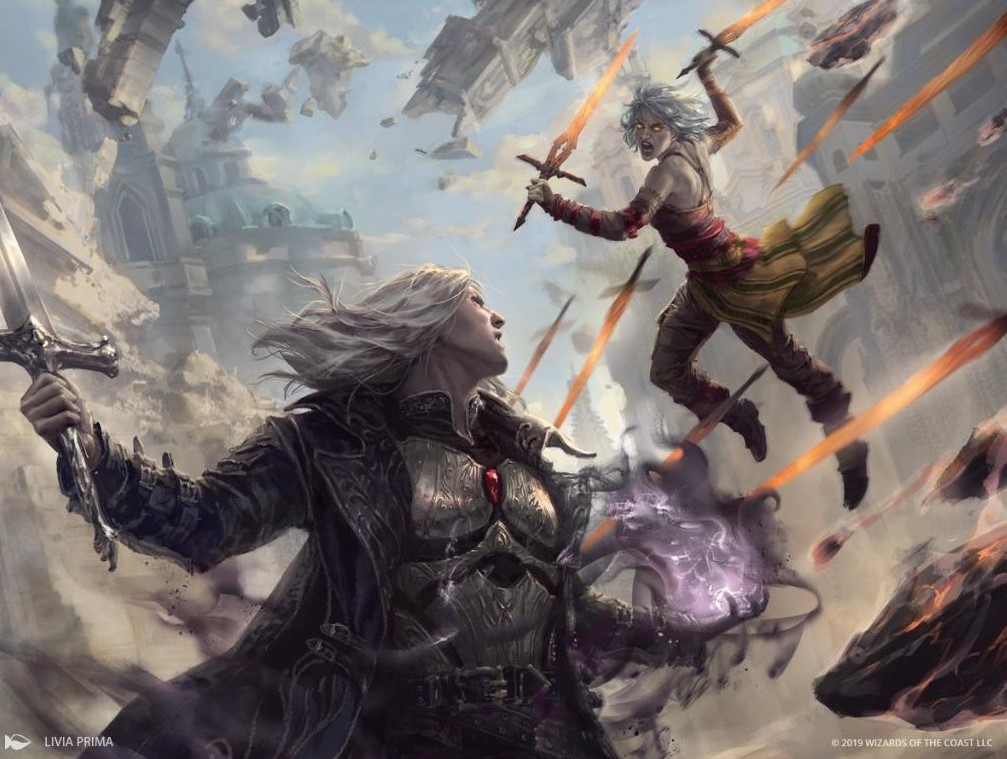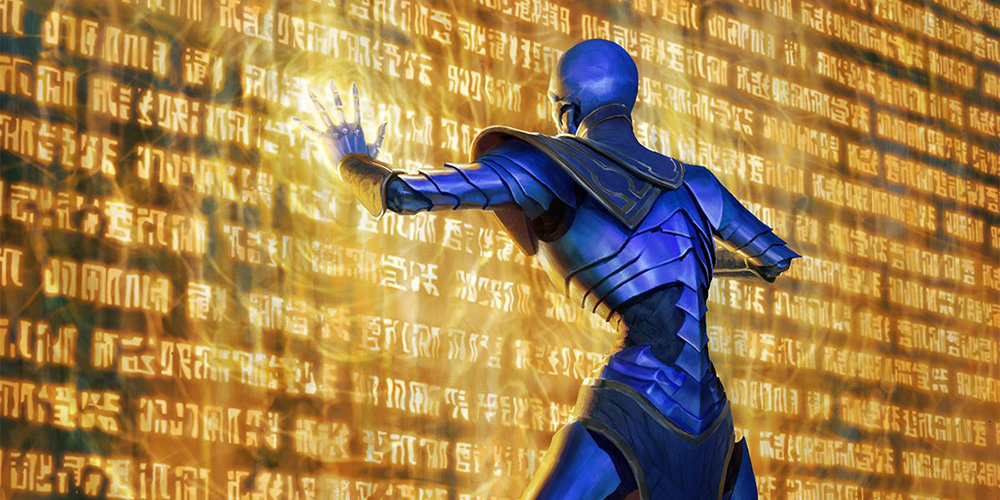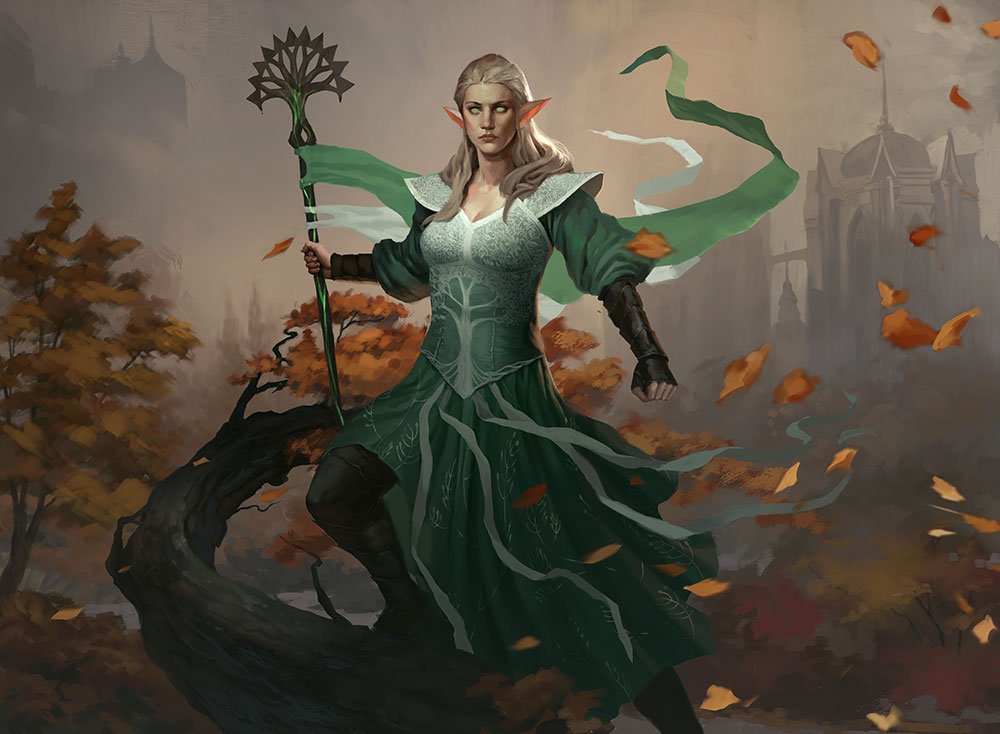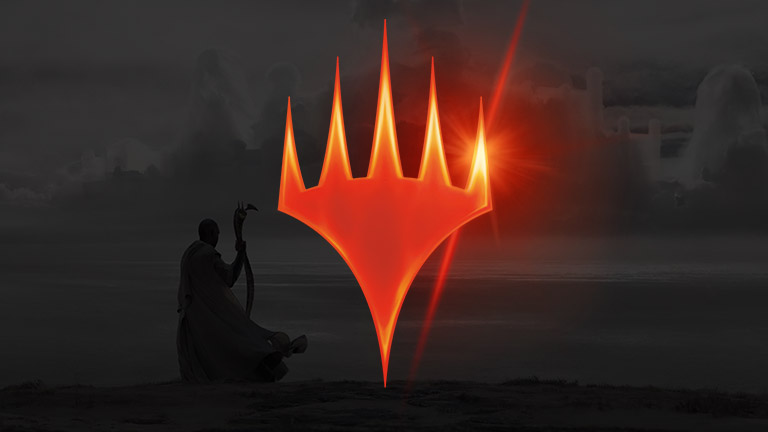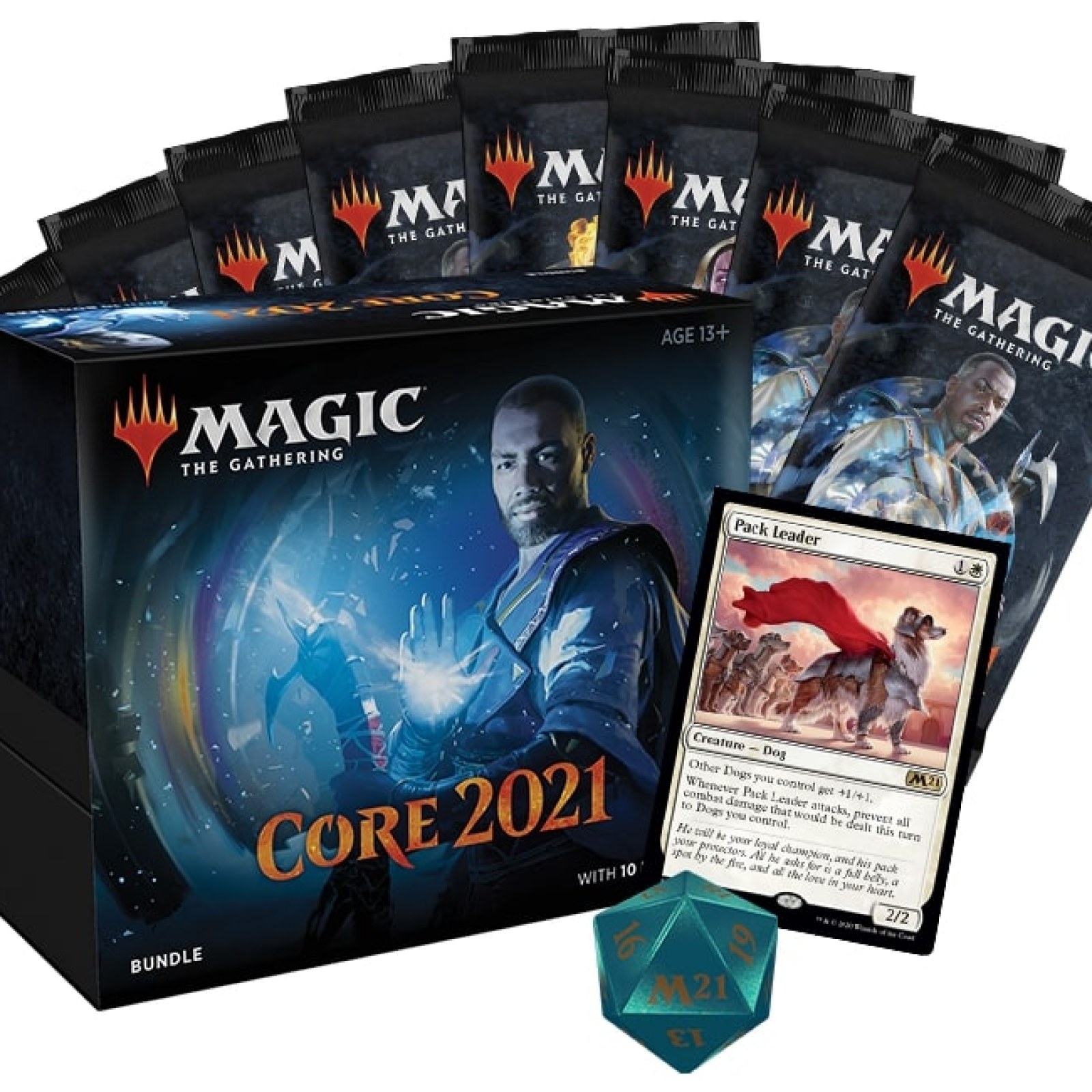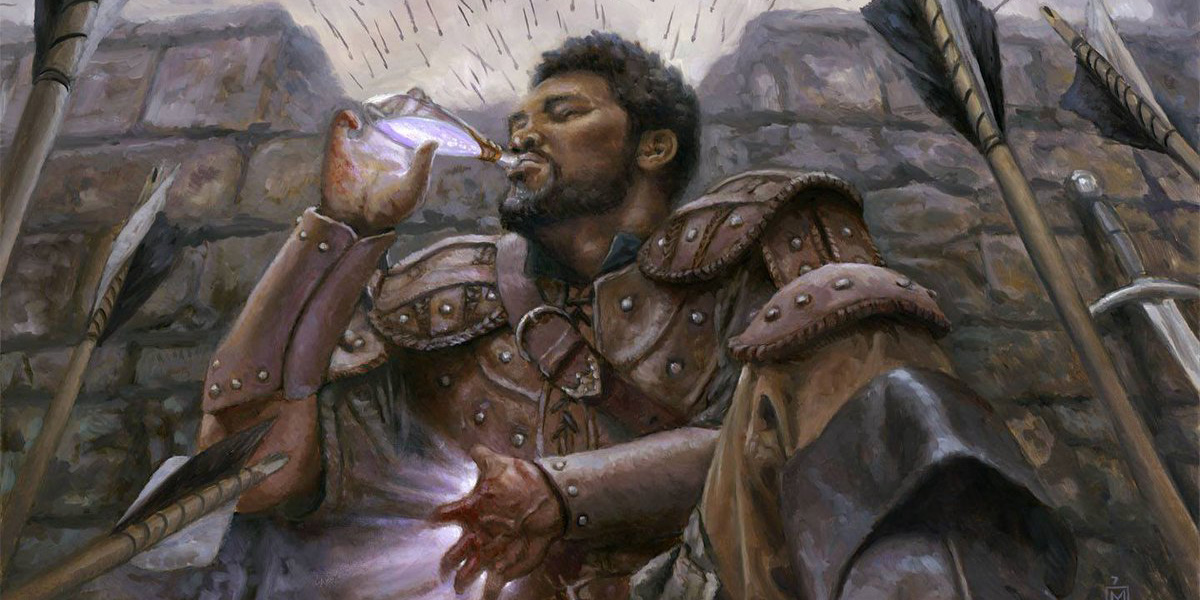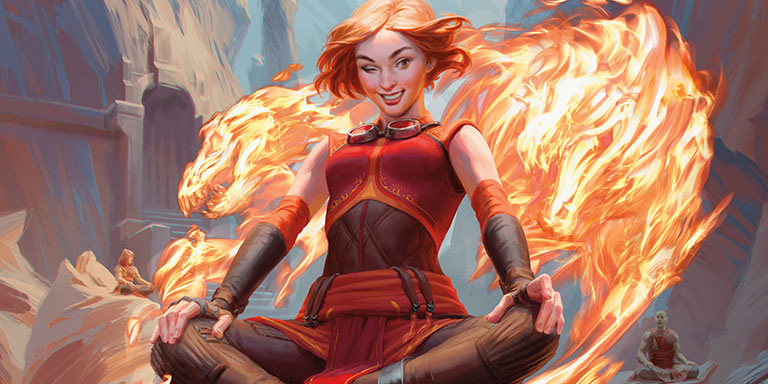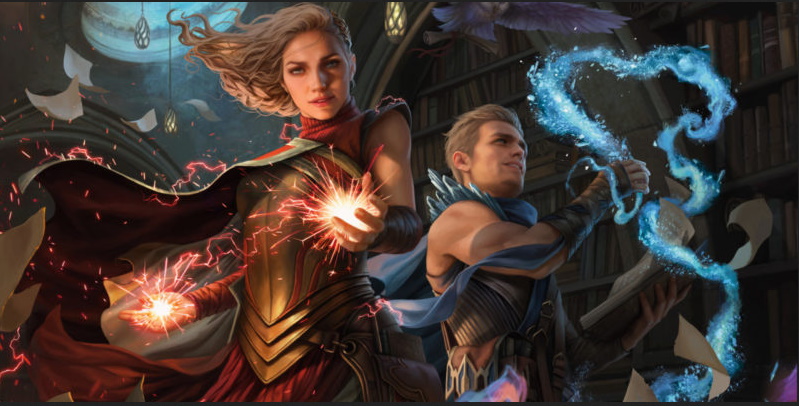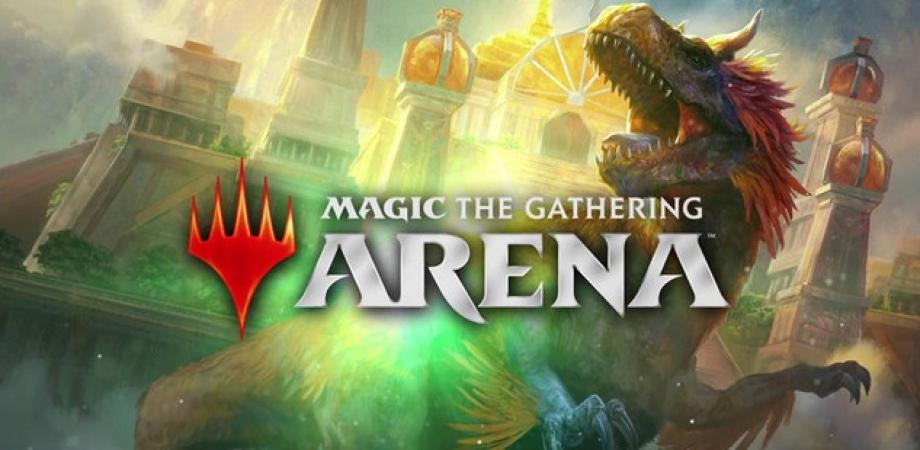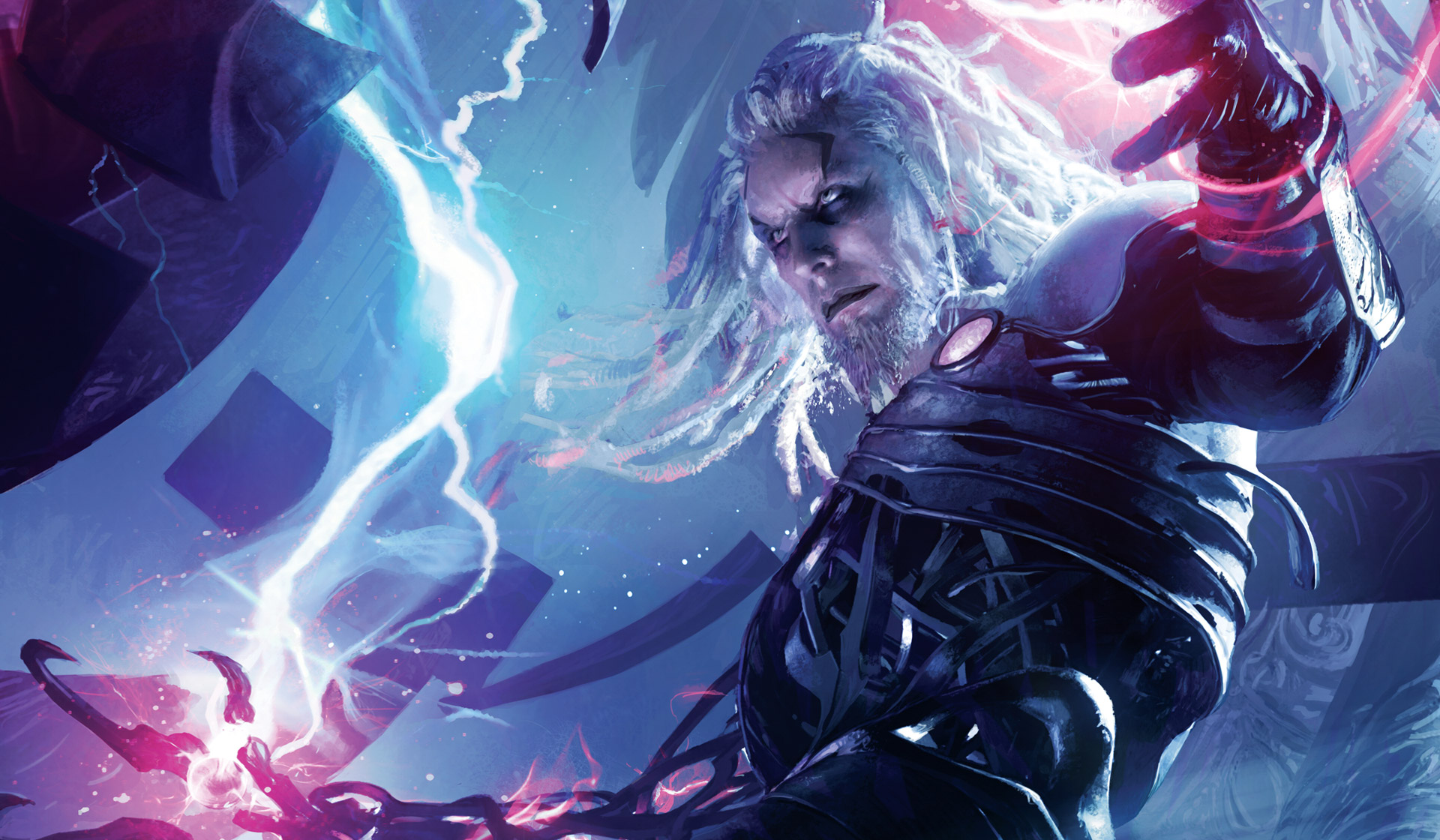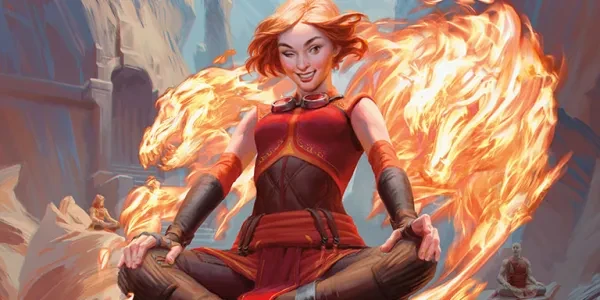
As the saying goes, "All things are created equal, but some things are more equal than others."
MTG Arena gives new players 15 ready-to-play decks so they don’t have to worry about making their own from scratch. Are you wondering which of these has the best chance at winning? Here are the five best decks for beginners to start their journey with:
5. Gruul Clans
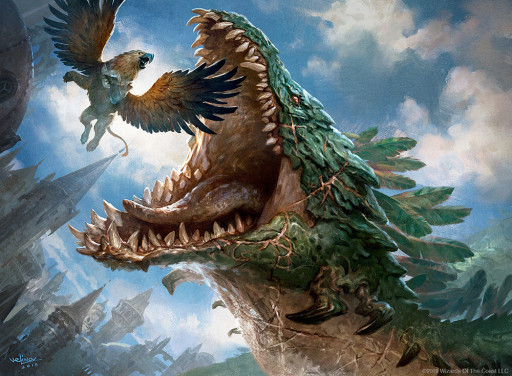
The early wurm gets the bird.
Gruul Clans hit hard and fast with creatures that have excellent power to mana cost ratio. You fight spells to kill your opponent's creatures and pump spells to win combat against blockers. Your utility creatures can damage any target and there's a couple of big, expensive haymakers included to help you close out games.
What's good about this deck:
- Your bruisers are generally bigger than your opponents' so you have an edge in creature combat.
- You have a solid late-game plan if your opponent survives past the initial assault. End-Raze Forerunners powers up your board for a massive attack and Living Twister can discard your excess lands to burn them out.
- It has a viable upgrade path to become a Tier 1 deck. You can replace the weaker cards like Burning-Tree Vandal with more copies of Pelt Collector and Gruul Spellbreaker.
How to play this deck effectively:
- Your best hand consists of early game creatures like Leafkin Druid/Zhur-Taa Goblin, plus other threats to cast as you go up the mana curve.
- Unless you're against a deck focused on killing creatures, lean towards picking +1/+1 counters when you play Riot creatures. That extra bulk makes them harder to trade with, plus you'll do more damage over time.
- It’s worth taking a turn off from playing creatures to cast Rhythm of the Wild. Riot triggers can stack, so you can choose both counters and haste when you cast a Riot creature while this is on the board.
- Be wary of using a pump or fight spell when your opponent leaves mana open. In the early turns, it's often obvious that they have removal if they pass their turn without playing anything.
- Against decks with fliers, you have zero creatures that can block them, so save your removal for actual threats.
Cards:
Deck
1 Pelt Collector
3 Zhur-Taa Goblin
2 Leafkin Druid
2 Clan Guildmage
2 Burning-Tree Vandal
2 Clamor Shaman
1 Gruul Spellbreaker
1 Living Twister
1 Rubblebelt Runner
2 Frenzied Arynx
2 Sunder Shaman
1 Bolrac-Clan Crusher
1 Ravager Wurm
1 End-Raze Forerunners
2 Rhythm of the Wild
1 Domri's Ambush
2 Savage Smash
3 Giant Growth
2 Collision // Colossus
1 Thrash // Threat
4 Gruul Guildgate
1 Stomping Ground
10 Mountain
10 Forest
4. Cult of Rakdos
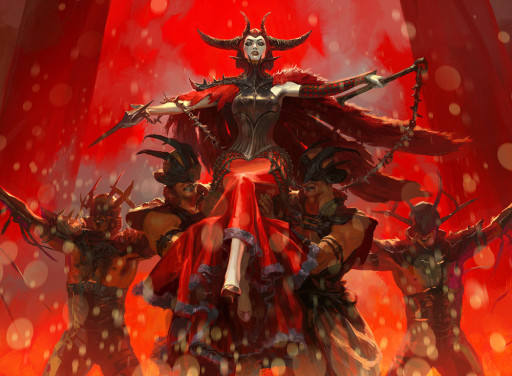
Ain't no party like a Rakdos party!
The Cult of Rakdos runs cards that get a discount or have added effects whenever your opponent loses some life. To enable these, you have several ways to damage your opponent. You can use your creatures to attack or activate abilities to deal non-combat damage, then use burn spells to finish the job.
What's good about this deck:
- While this deck works best when you're aggressive, it can play defense if necessary. You can turn things around right away once you have control of the board.
- You have ways to attack your opponent's life total outside of combat. Your opponent isn’t safe even if they manage to set up blockers.
- This deck has plenty of cards that create card advantage. Light Up the Stage, Blade Juggler, and Theater of Horrors ensures that you will not run out of gas.
How to play this deck effectively:
- Your best hand consists of cheap Spectacle enablers like Footlight Fiend/Spear Spewer, plus payoff cards like Spawn of Mayhem.
- It's okay not to mulligan if you don't have low-cost creatures as long as your hand has cheap removal like Shock or Bedeck/Bedazzle.
- Play Theater of Horrors early unless you’re under a lot of pressure. The cards it exiles are as good as card draw because your strategy is all about damaging your opponent.
- Wait until your opponent only has two to three cards in hand before casting Carnage. This way you’re guaranteed to make the opponent discard valuable cards.
- Don't hesitate to cast Spectacle cards for their regular cost. For example, casting Light Up the Stage is fine if you have three mana available and don't have anything else to play.
Cards:
Deck
3 Footlight Fiend
2 Spear Spewer
2 Cult Guildmage
1 Dreadhorde Butcher
3 Hackrobat
2 Rakdos Roustabout
1 Judith, the Scourge Diva
1 Mayhem Devil
2 Rakdos Firewheeler
1 Spawn of Mayhem
2 Blade Juggler
1 Theater of Horrors
3 Skewer the Critics
2 Light Up the Stage
3 Shock
2 Carnival // Carnage
1 Bedeck // Bedazzle
1 Bedevil
2 Get the Point
4 Rakdos Guildgate
1 Blood Crypt
10 Swamp
10 Mountain
3. Azure Skies
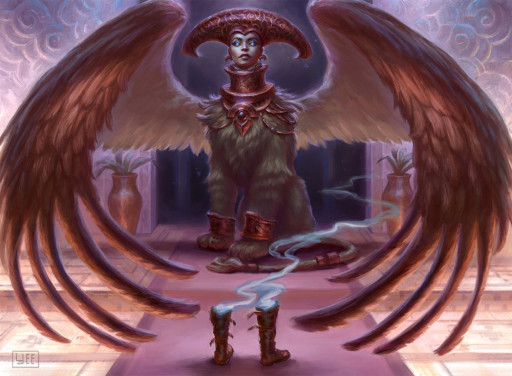
When you cast this sphinx, they better have an answer.
Azure Skies combines flying attackers with a tempo strategy to win damage races. Your creatures and spells have synergy and get discounted costs or added effects. You also have plenty of ways to draw cards and there are several big, expensive fliers included to give you board presence in case the game goes long.
What's good about this deck:
- You don't have to worry about getting into a stalemate. Except for the mirror match, most decks have few to no creatures that can block fliers.
- Tempo plays like using Unsummon on your opponent's big creature will keep them on the back foot. To offset the card disadvantage, you can draw cards with Spectral Sailor, Cloudkin Seer, and Winged Words.
- The core cards of the deck are only common and uncommon. It doesn't cost much to increase your deck's consistency by maxing out the copies of your best cards like Spectral Sailor.
How to play this deck effectively:
- Your best hand consists of cheap flying creatures like Spectral Sailor and Sky Theater Strix. The rest can be follow-up fliers or card draw to get bigger threats.
- Mulligan away hands that don't have early game creatures. Tempo strategies rely on getting ahead early and maintaining that advantage to win.
- Save your tempo plays for the midgame. Unsummon and Frost Lynx work best when you hit more expensive targets.
- Don’t forget that you can also Unsummon your creatures. Use it to save your creatures from removal or get another shot at an Enters-the-Battlefield effect like Meteor Golem’s ability.
- Because you're playing blue, always respond to your opponent's spells by pausing for a moment before letting it resolve. Making your opponent play around imaginary counterspells can make a difference in a close match.
Cards:
Deck
4 Wall of Runes
2 Spectral Sailor
3 Sky Theater Strix
1 Brineborn Cutthroat
3 Cloudkin Seer
3 Warden of Evos Isle
2 Frost Lynx
2 Leapfrog
1 Dungeon Geists
2 Air Elemental
2 Windstorm Drake
1 Riddlemaster Sphinx
1 Meteor Golem
4 Winged Words
4 Unsummon
25 Island
2. Destructive Firepower
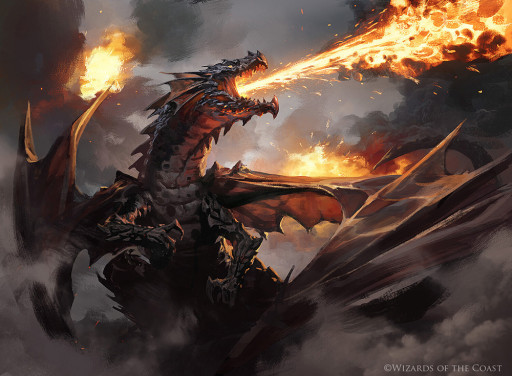
Drakuseth's firepower puts Daenerys Targaryen's dragons to shame.
Destructive Firepower uses creatures that grow stronger when you cast spells or your opponent takes non-combat damage. You have plenty of burn spells to get rid of blockers or do direct damage to your opponent. For the late game, you have a couple of dragons and big uncounterable burn spells to close out the game.
What's good about this deck:
- Your strategy is pretty straight forward so you don’t have to worry as much about misplaying. Use burn to get blockers out of the way and attack whenever you can.
- You have a lot of burn spells to close out the game even without attacking. Your opponent is never safe especially if they go down to single-digit life totals.
- This deck can upgrade to a top tier budget deck by removing the clunky high mana cost cards. Cards that have better synergy like Cavalcade of Calamity can replace the big dragons and Meteor Golem.
How to play this deck effectively:
- Your best hand consists of cheap one and two-mana creatures that curve into Chandra’s Spitfire or Spellgorger Weird plus a couple of burn spells.
- You can choose not to mulligan for early game creatures if you have cheap removal plus one of your three-mana pay off creatures.
- Be smart in using the tokens you get from Goblin Gathering. You can use them as bait to let your bigger attackers get past blockers or as sacrificial blockers when racing against other aggro decks.
- Use Chandra’s Outrage pre-combat to maximize the synergy with Chandra’s Spitfire. The same thing applies to Fire Urchin or Spellgorger Weird for your other burn spells.
- Try to get your opponent’s life total down to six so you have a chance to top deck Inescapable Blaze for the win.
Cards:
Deck
2 Scorch Spitter
4 Pack Mastiff
2 Fire Urchin
4 Chandra's Spitfire
3 Spellgorger Weird
1 Shivan Dragon
1 Drakuseth, Maw of Flames
1 Meteor Golem
4 Goblin Gathering
4 Shock
2 Infuriate
2 Chandra's Pyrohelix
3 Chandra's Outrage
2 Inescapable Blaze
25 Mountain
1. Boros Legion
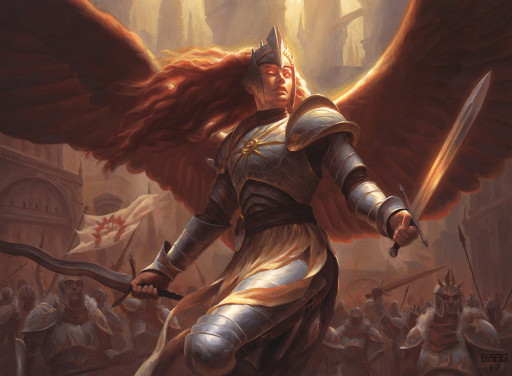
Trust me, this is a guild you don't want to pick a fight with.
Boros Legion is hands down the best out of the 15 pre-constructed starter decks beginners can use. Your strategy is to attack with creatures that have the Mentor ability to grow your other smaller attackers. Not a lot of decks can defend against evasive creatures backed up by burn and pump spells.
What's good about this deck:
- Unlike other aggro decks, your creatures are not outclassed even during later turns. The Mentor mechanic lets your attackers grow as the game goes on.
- You have many ways to continue attacking even when your opponent has blockers. Tectonic Rift and Act of Treason lets you hit for the final points of damage to close out the game.
- You can immediately increase the strength and consistency of the deck by maxing out the copies of your uncommon Mentor creatures. Rares like Legion Warboss, and Tajic, Legion’s Edge are great wildcard investments because they’re used in other Tier 1 decks as well.
How to play this deck effectively:
- Your best hand consists of cheap Mentor creatures and good Mentor targets like Swiftblade Vindicator and Roc Charger.
- Mulligan away hands that don’t have early game creatures. This deck works best when you have the initiative, and it also doesn’t play defense very well.
- When you attack with several creatures that have Mentor, make sure to stack the triggers right. Order it so that the biggest creature mentors the second biggest, which in turn mentors the third, and so on.
- In this deck, you can cast your pump spell pre-combat so your Mentor creatures have enough power to triggers its ability when you attack.
- Save Tectonic Rift and Act of Treason as trump cards. Use them to attack for lethal damage when your opponent is least expecting it.
Cards:
Deck
3 Goblin Banneret
1 Healer's Hawk
2 Boros Challenger
2 Legion Guildmage
2 Sunhome Stalwart
1 Swiftblade Vindicator
2 Daggersail Aeronaut
2 Roc Charger
2 Skyknight Legionnaire
1 Legion Warboss
1 Tajic, Legion's Edge
2 Truefire Captain
1 Aurelia, Exemplar of Justice
1 Light of the Legion
2 Lava Coil
2 Sworn Companions
1 Act of Treason
1 Tectonic Rift
1 Integrity // Intervention
3 Sure Strike
1 Justice Strike
1 Response // Resurgence
4 Boros Guildgate
1 Sacred Foundry
10 Mountain
10 Plains
So there you have it, the five best starter decks to use out of decks you get from MTG Arena's New Player Experience (NPE). Once you have enough wildcards, you can take the training wheels off and make your very first competitive deck. Be sure to read our other articles to help you decide what deck is best for you!
You may also be interested in:
- The 10 Best MTG: Arena Decks
- MTG Arena Guide, Tips and Tricks
- Best Ways to Get Wildcards in MTG Arena
- [Top 7] MTG Arena Best Artifact Decks That Wreck Hard!
- [TOP 5] MTG Arena Best Control Decks
- [Top 10] MTG Arena Best Historic Decks That Wreck Hard!
- MTG Arena Best Packs To Buy – A Guide for Beginners and Intermediate Players
- MTG Arena: Best Ways to Get Cards
- Top 15 Best MTG Arena Mythic Rares
- MTG Arena Ranking System Explained
- The Best Singleton Decks in MTG Arena
- [Top 5] Best MTG Arena Aggro Decks
- [Top 5] MTG Arena Best Angel Decks
- [Top 10] MTG Arena Best White Decks
- [Top 10] MTG Arena Best Black Decks

